-
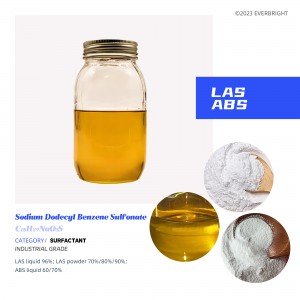
Sodium Dodecyl Benzene Sulfonate (SDBS/LAS/ABS)
It is a commonly used anionic surfactant, which is a white or light yellow powder/flake solid or brown viscous liquid, difficult to volatilization, easy to dissolve in water, with branched chain structure (ABS) and straight chain structure (LAS), the branched chain structure is small in biodegradability, will cause pollution to the environment, and the straight chain structure is easy to biodegrade, the biodegradability can be greater than 90%, and the degree of environmental pollution is small.
-

Dodecylbenzenesulphonic acid (DBAS/LAS/LABS)
Dodecyl benzene is obtained by condensation of chloroalkyl or α-olefin with benzene. Dodecyl benzene is sulfonated with sulfur trioxide or fuming sulfuric acid. Light yellow to brown viscous liquid, soluble in water, hot when diluted with water. Slightly soluble in benzene, xylene, soluble in methanol, ethanol, propyl alcohol, ether and other organic solvents. It has the functions of emulsification, dispersion and decontamination.
-

Sodium Sulfate
Sodium sulfate is sulfate and sodium ion synthesis of salt, sodium sulfate soluble in water, its solution is mostly neutral, soluble in glycerol but not soluble in ethanol. Inorganic compounds, high purity, fine particles of anhydrous matter called sodium powder. White, odorless, bitter, hygroscopic. The shape is colorless, transparent, large crystals or small granular crystals. Sodium sulfate is easy to absorb water when exposed to air, resulting in sodium sulfate decahydrate, also known as glauborite, which is alkaline.
-
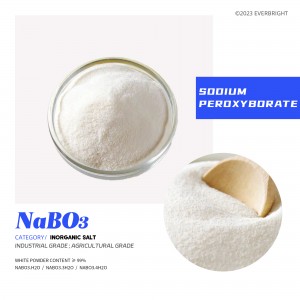
Sodium Peroxyborate
Sodium perborate is an inorganic compound, white granular powder. Soluble in acid, alkali and glycerin, slightly soluble in water, mainly used as oxidant, disinfectant, fungicide, mordant, deodorant, plating solution additives, etc. Mainly used as oxidant, disinfectant, fungicide, mordant, deodorant, plating solution additive and so on.
-
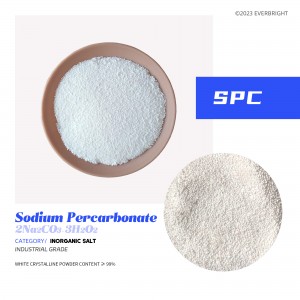
Sodium Percarbonate(SPC)
Sodium percarbonate appearance is white, loose, good fluidity granular or powdery solid, odorless, easily soluble in water, also known as sodium bicarbonate. A solid powder. It is hygroscopic. Stable when dry. It slowly breaks down in the air to form carbon dioxide and oxygen. It quickly breaks down into sodium bicarbonate and oxygen in water. It decomposes in dilute sulfuric acid to produce quantifiable hydrogen peroxide. It can be prepared by the reaction of sodium carbonate and hydrogen peroxide. Used as an oxidizing agent.
-
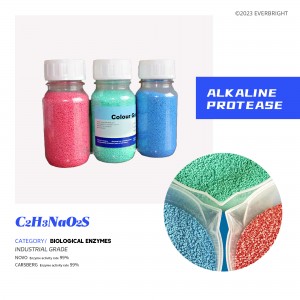
Alkaline Protease
The main source is microbial extraction, and the most studied and applied bacteria are mainly Bacillus, with subtilis as the most, and there are also a small number of other bacteria, such as Streptomyces. Stable at pH6 ~ 10, less than 6 or more than 11 quickly deactivated. Its active center contains serine, so it is called serine protease. Widely used in detergent, food, medical, brewing, silk, leather and other industries.
-

CAB-35 (Cocoamidopropyl Betaine)
Cocamidopropyl betaine was prepared from coconut oil by condensation with N and N dimethylpropylenediamine and quaternization with sodium chloroacetate (monochloroacetic acid and sodium carbonate). The yield was about 90%. It is widely used in the preparation of middle and high grade shampoo, body wash, hand sanitizer, foaming cleanser and household detergent.
-
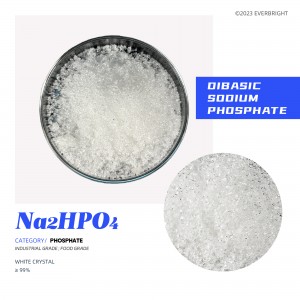
Dibasic Sodium Phosphate
It is one of the sodium salts of phosphoric acid. It is a deliquescent white powder, soluble in water, and the aqueous solution is weakly alkaline. Disodium hydrogen phosphate is easy to weather in the air, at room temperature placed in the air to lose about 5 crystal water to form heptahydrate, heated to 100℃ to lose all the crystal water into anhydrous matter, decomposition into sodium pyrophosphate at 250℃.
-

CDEA 6501/6501h (Coconutt Diethanol Amide)
CDEA can enhance the cleaning effect, can be used as an additive, foam stabilizer, foam aid, mainly used in the manufacture of shampoo and liquid detergent. An opaque mist solution is formed in water, which can be completely transparent under a certain agitation, and can be completely dissolved in different kinds of surfactants at a certain concentration, and can also be completely dissolved in low carbon and high carbon.
-

Sodium Bisulfate
Sodium bisulphate, also known as sodium acid sulfate, is sodium chloride (salt) and sulfuric acid can react at high temperatures to produce a substance, anhydrous substance has hygroscopic, aqueous solution is acidic. It is a strong electrolyte, completely ionized in the molten state, ionized into sodium ions and bisulfate. Hydrogen sulfate can only self-ionization, ionization equilibrium constant is very small, can not be completely ionized.
-
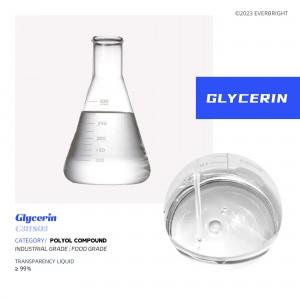
Glycerol
A colorless, odorless, sweet, viscous liquid that is non-toxic. The glycerol backbone is found in lipids called triglycerides. Because of its antibacterial and antiviral properties, it is widely used in FDA-approved wound and burn treatment. Conversely, it is also used as a bacterial medium. It can be used as an effective marker to measure liver disease. It is also widely used as a sweetener in the food industry and as a humectant in pharmaceutical formulations. Due to its three hydroxyl groups, glycerol is miscible with water and hygroscopic.
-
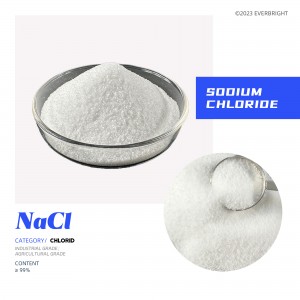
Sodium Chloride
Its source is mainly seawater, which is the main component of salt. Soluble in water, glycerin, slightly soluble in ethanol (alcohol), liquid ammonia; Insoluble in concentrated hydrochloric acid. Impure sodium chloride is deliquescent in air. The stability is relatively good, its aqueous solution is neutral, and the industry generally uses the method of electrolytic saturated sodium chloride solution to produce hydrogen, chlorine and caustic soda (sodium hydroxide) and other chemical products (generally known as chlor-alkali industry) can also be used for ore smelting (electrolytic molten sodium chloride crystals to produce active sodium metal).







